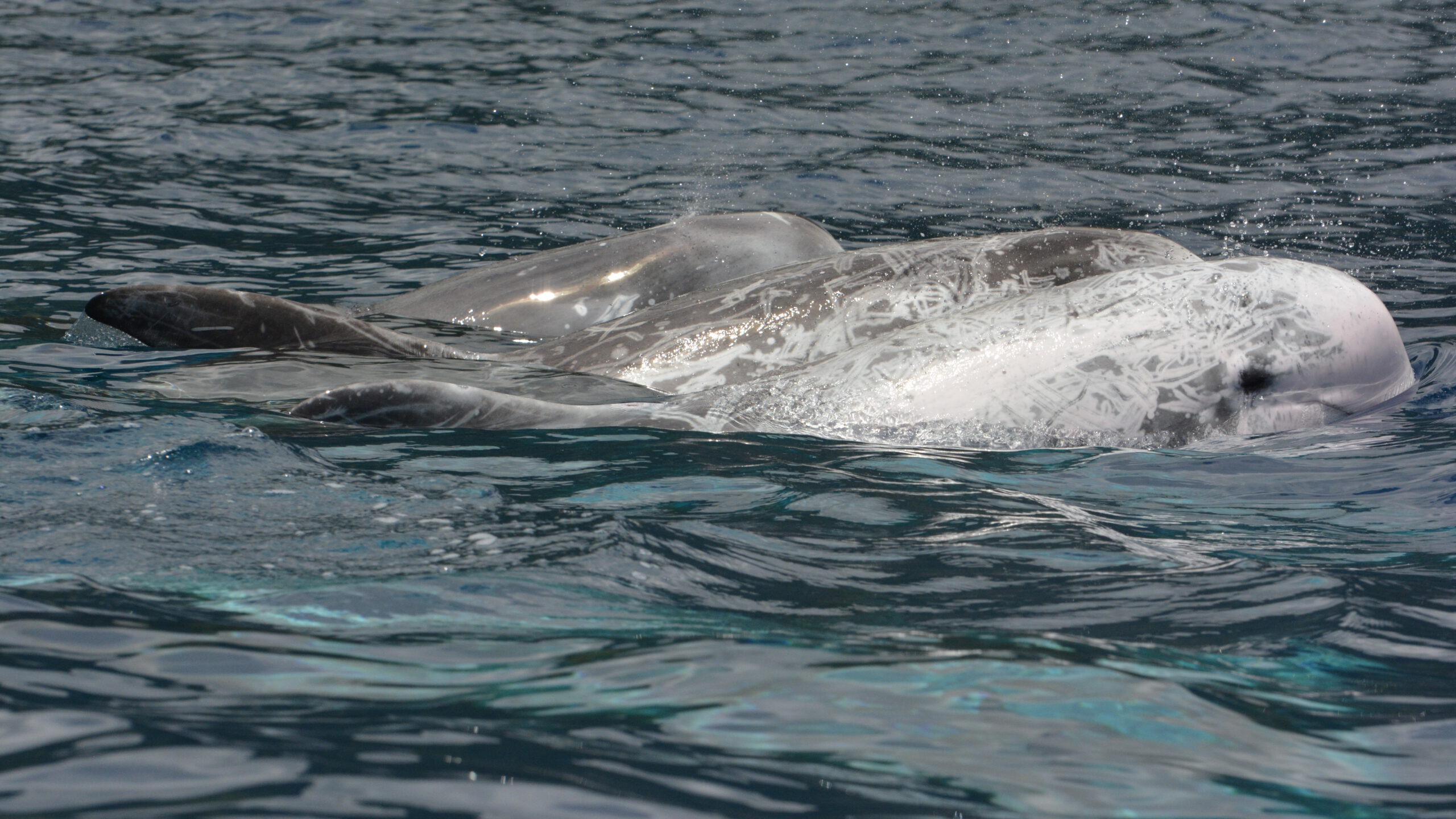Research
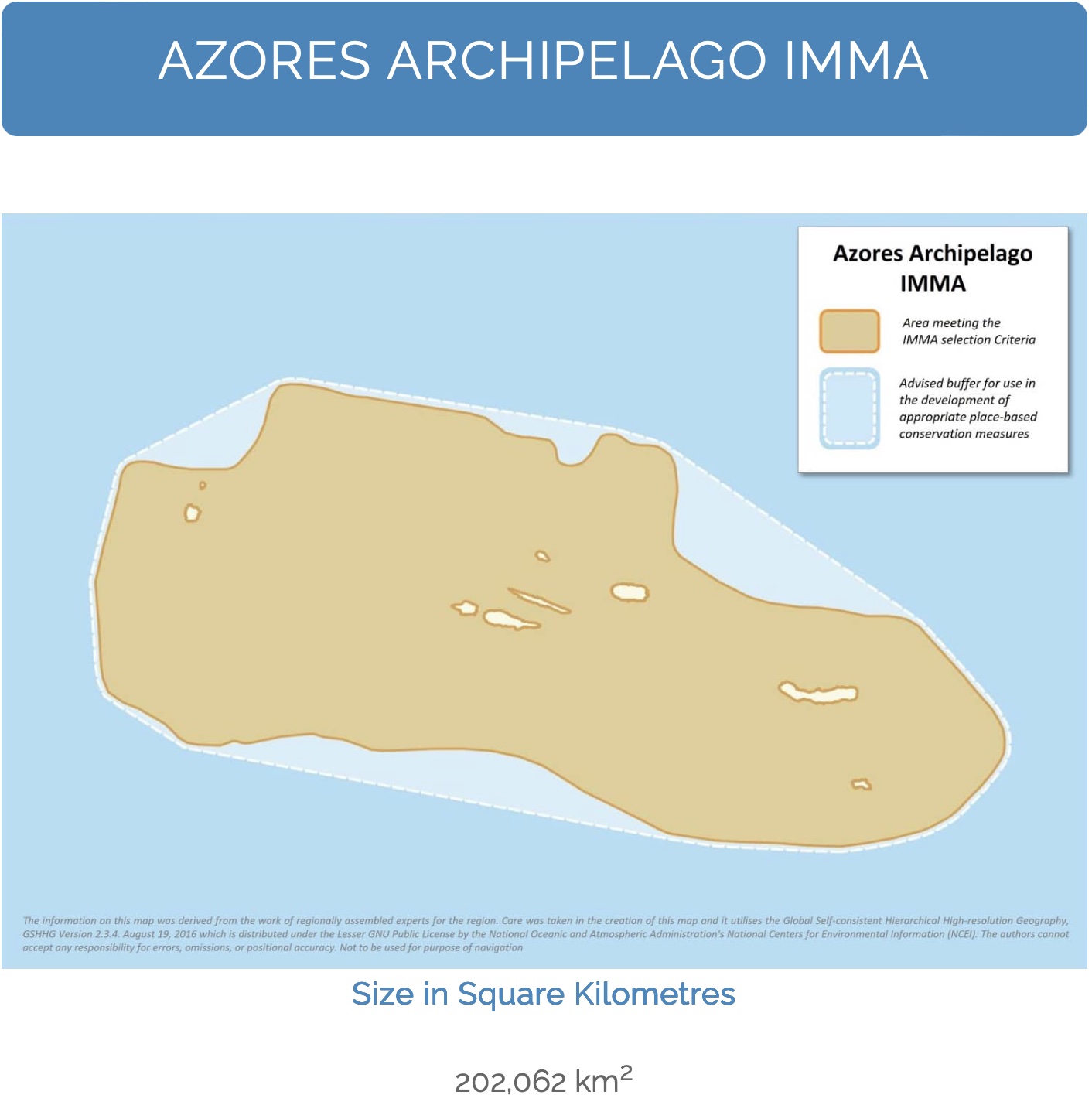
We don't just perform research for fun. Our ultimate goal is the conservation of the unique ecology of the waters around the Azores. The Azores have a complex bathymetry, which provides an exceptional habitat for cetaceans. At least 19 species are egularly sighted, including six baleen whale species (such as the endangered blue whale and the vulnerable fin whale), eight delphinid species, four beaked whale species, and sperm whales.
In this habitat, we are running the only long-term (25 years uninterrupted) research project on the residency patterns, social structure and behaviour of Risso’s dolphins in the world. We are an independent research organization, not linked to any university, but we maintain good ties to fellow researchers across the world. This gives us the freedom to perform a long-term study of one population, without having to apply for new funding every two or three years.
Here we present the fact sheet underlying the recognition of the IMMA* status for the Azores by the IUCN in 2024. Our research on the population of Risso’s dolphins was an essential building block for this report: Risso’s dolphins were the only species meeting the criteria B1 (small and resident populations) and D1 (distinctiveness).
*Important Marine Mammal Area
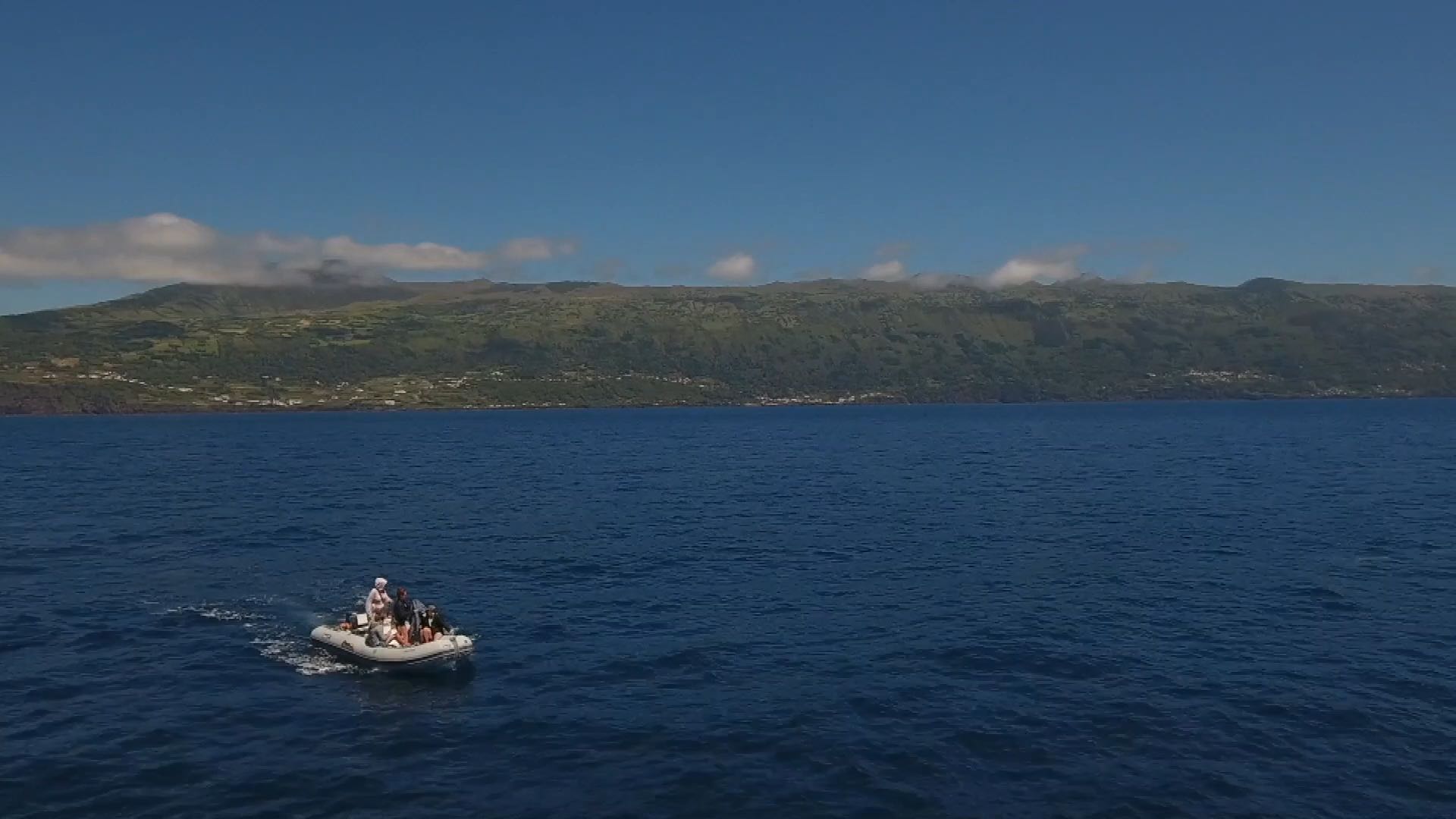
Long-term research findings
Over the years, our research led to new findings concerning Risso’s dolphins' social structure, differences in residency patterns between gender, calving seasons, critical habitat, and negative influences of local tourism. These results have motivated the Regional Government (March 2014) to adjust the local law in order to reduce anthropogenic pressure on Risso’s dolphins.
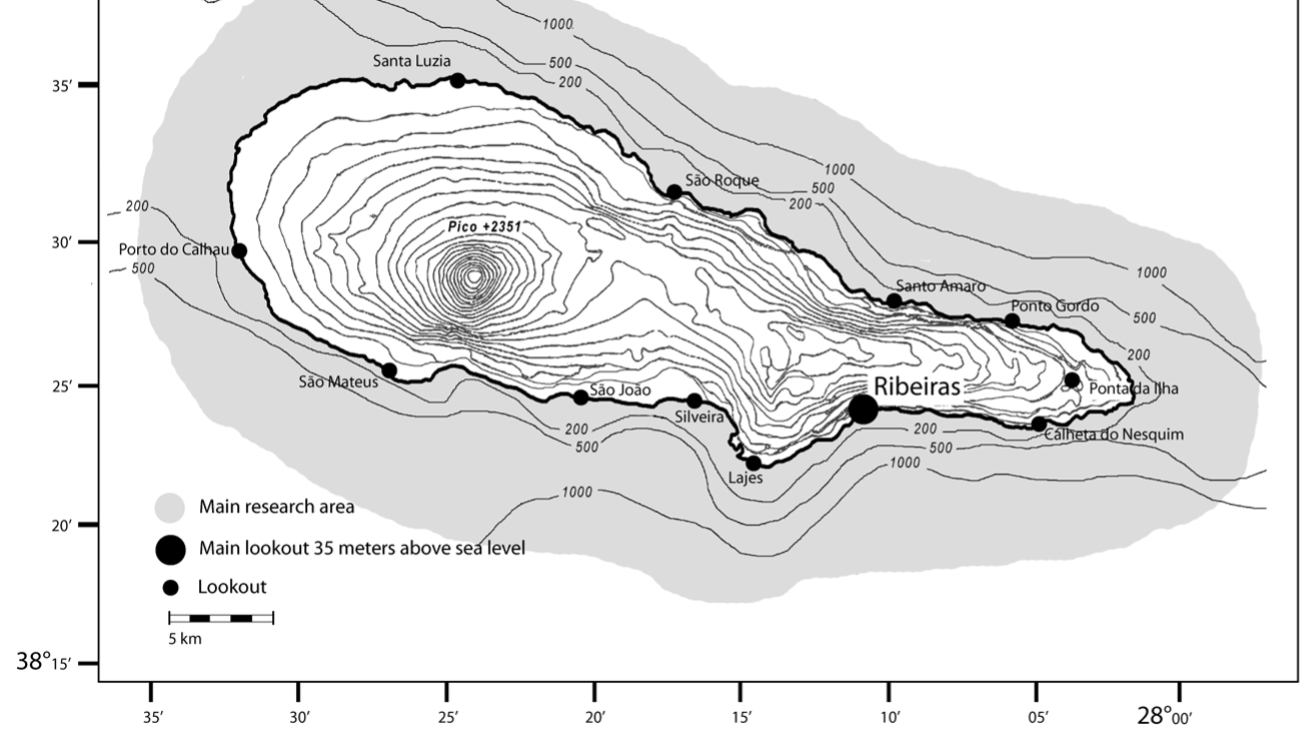
Research area and the main lookouts from land
From our research station in Santa Cruz das Ribeiras we cover a research area of about 540 km2. Our main lookout is the research station itself, but other lookout posts are also used, depending on the presence of animals.
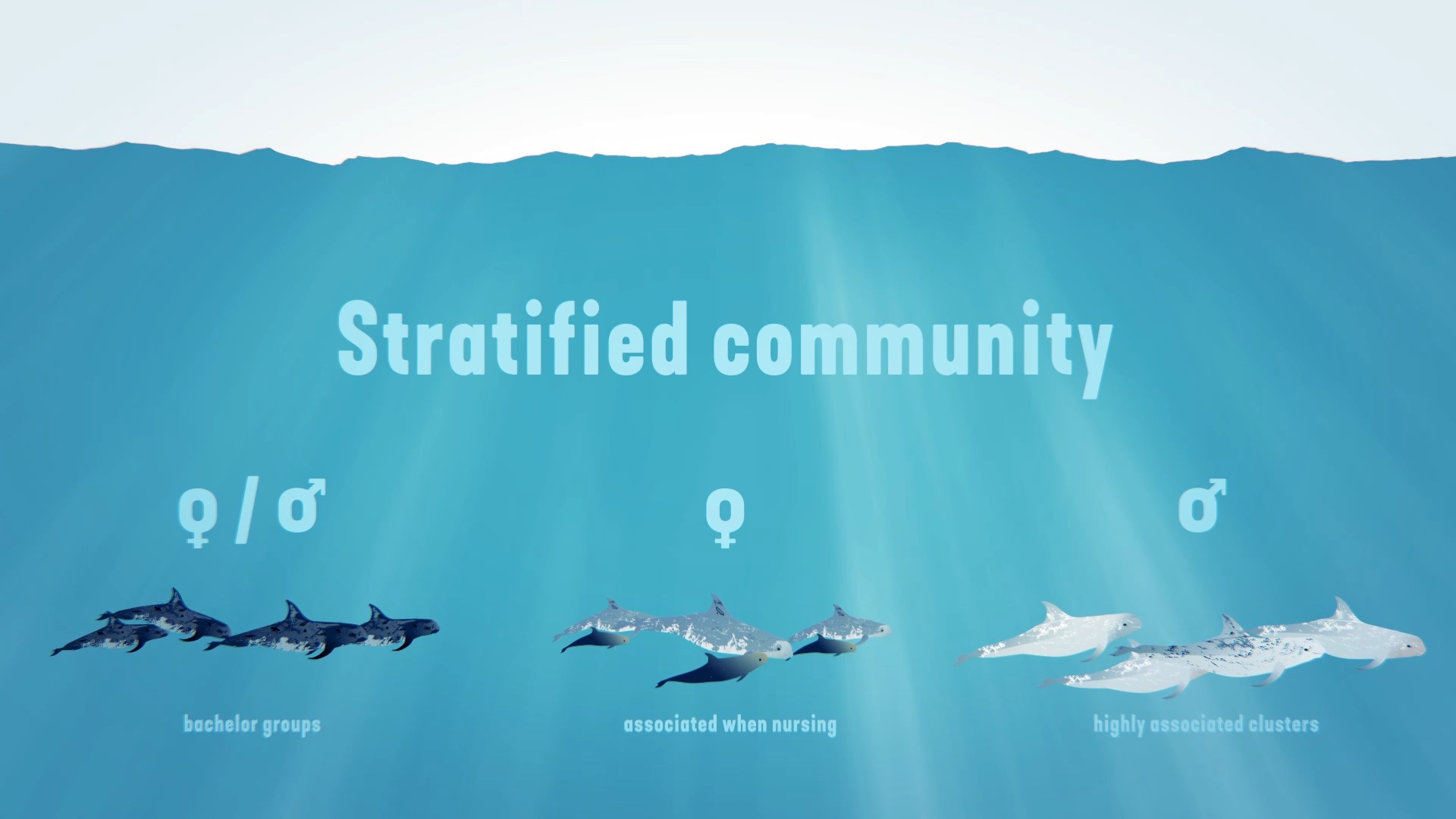
Social structure
Risso’s dolphins studied in the Azores display a social structure that is unique amongst cetaceans, formed by a stratified community of highly associated social units, grouped by age and sex class. Stable associations between frequently sighted individuals (male and female) indicate the existence of distinctly separate clusters. Association patterns vary between age classes, being most stable in adult males and most fluid in sub-adults. This structure differs from that of bottlenose dolphins and pilot whale societies.
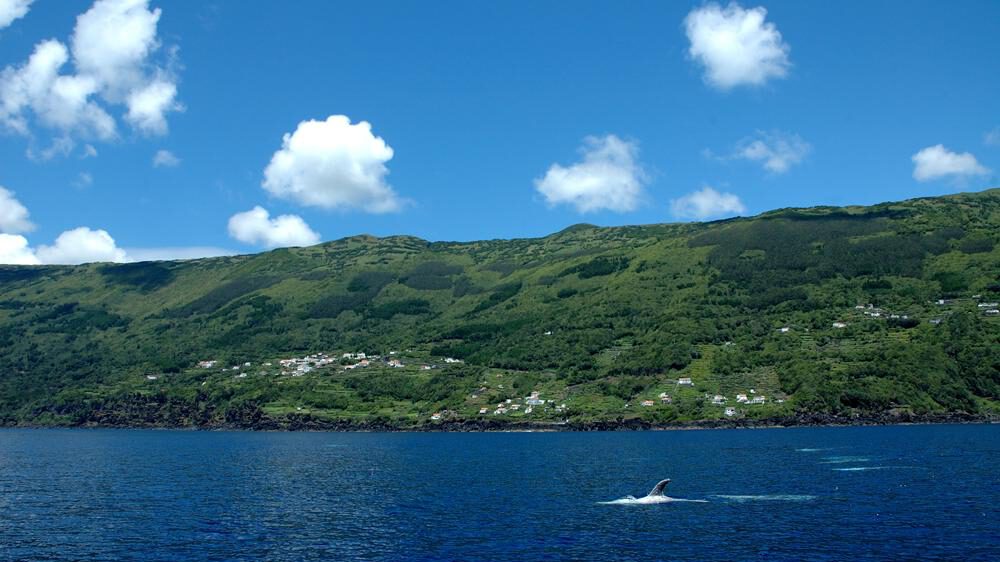
Residency patterns
Our work has yielded the largest identified population of Risso’s dolphins known to date, with 1,250 individuals recorded within the processed data set obtained over a 4 year sequential period. There is a resident population of around 250 individuals living off Pico Island, together with a large number of non-resident animals. The resident animals show high site fidelity and are encountered in relatively restricted areas. Different patterns between sexes appear and support the species' complex social ecology, particularly the mating system.
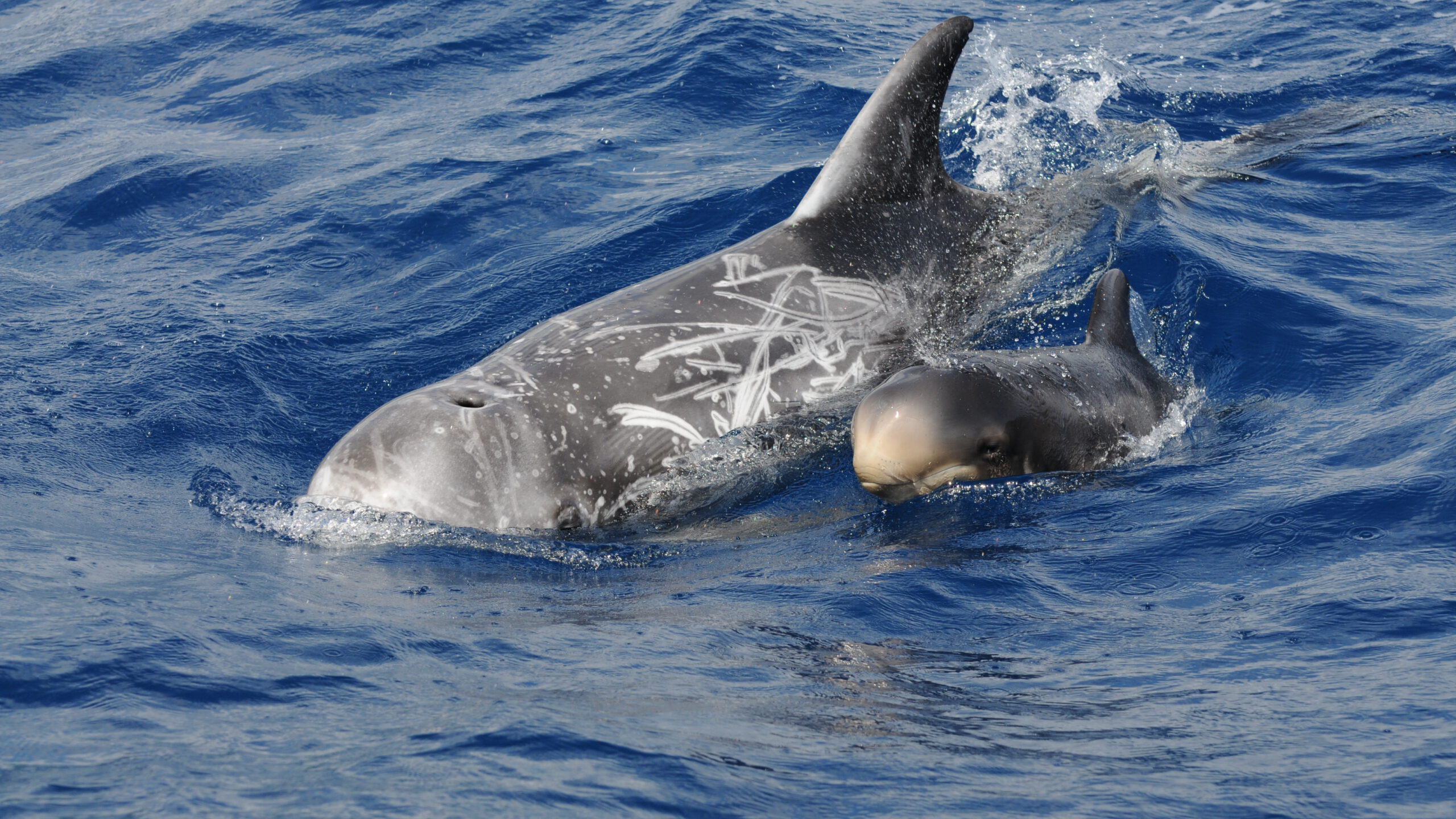
Calving season & critical habitat
The south coast of Pico Island is a critical habitat for Risso’s dolphins, that use the study area for breeding and nursing. Calving takes place mainly from June to August, concentrated therefore in a summer calving season. Calving and nursing females can be encountered closer to the coast than other social units. This spatial segregation of calving females indicates the particular needs and vulnerability of Risso’s dolphins in this stage of their life cycle.
A new method to link scarification to age
Using skin scarification patterns observed on mark-recapture photos of individuals resighted throughout the project period, we developed a new non-invasive and easy to apply method to estimate age for this species. The method was tested amongst a group of 28 rankers and has proven to work. Six age classes were developed and linked with an estimation of age using Bayesian statistics. These skin classes were linked with previously described maturation stages. We discovered that Risso’s may reach over 50 years of age, which is older than the previously recorded 38 years , using the GLGS technique.
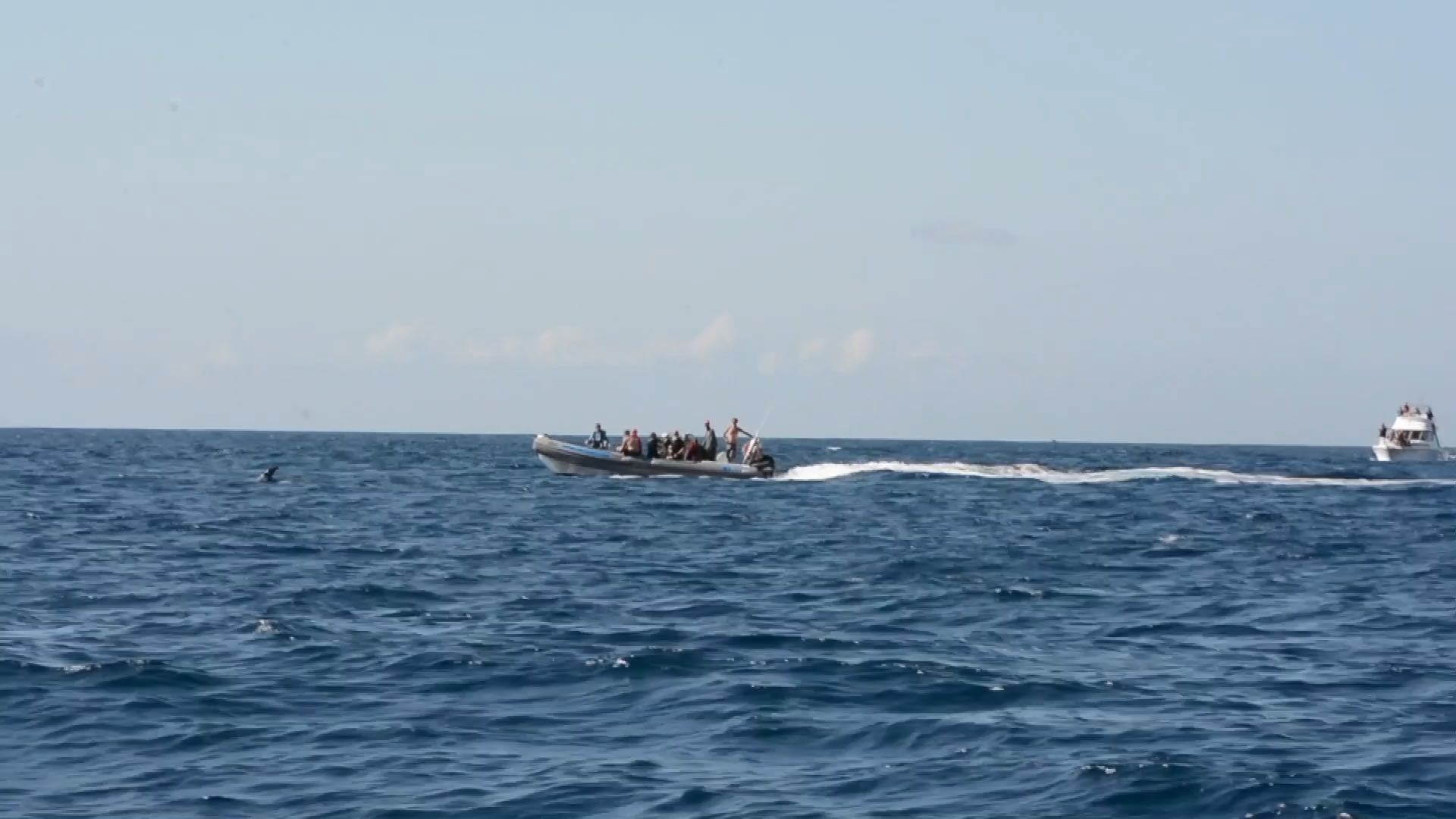
Influences of touristic activities
Since 1992, whale watching and swimming with dolphin activities have been growing steadily in the research area. We studied the influence of the presence of whale watching vessels during low and high season. We found that Risso’s dolphins shift their resting patterns in high season towards 1300hrs, when most vessels are in the harbour, compared with a peak in their resting rate at around 1100hrs and 1500hrs during low season. Their resting rate showed a significant negative relationship with vessel abundance, where the probability of observing resting behaviour decreased when more than five whale watching vessels were present in the research area.
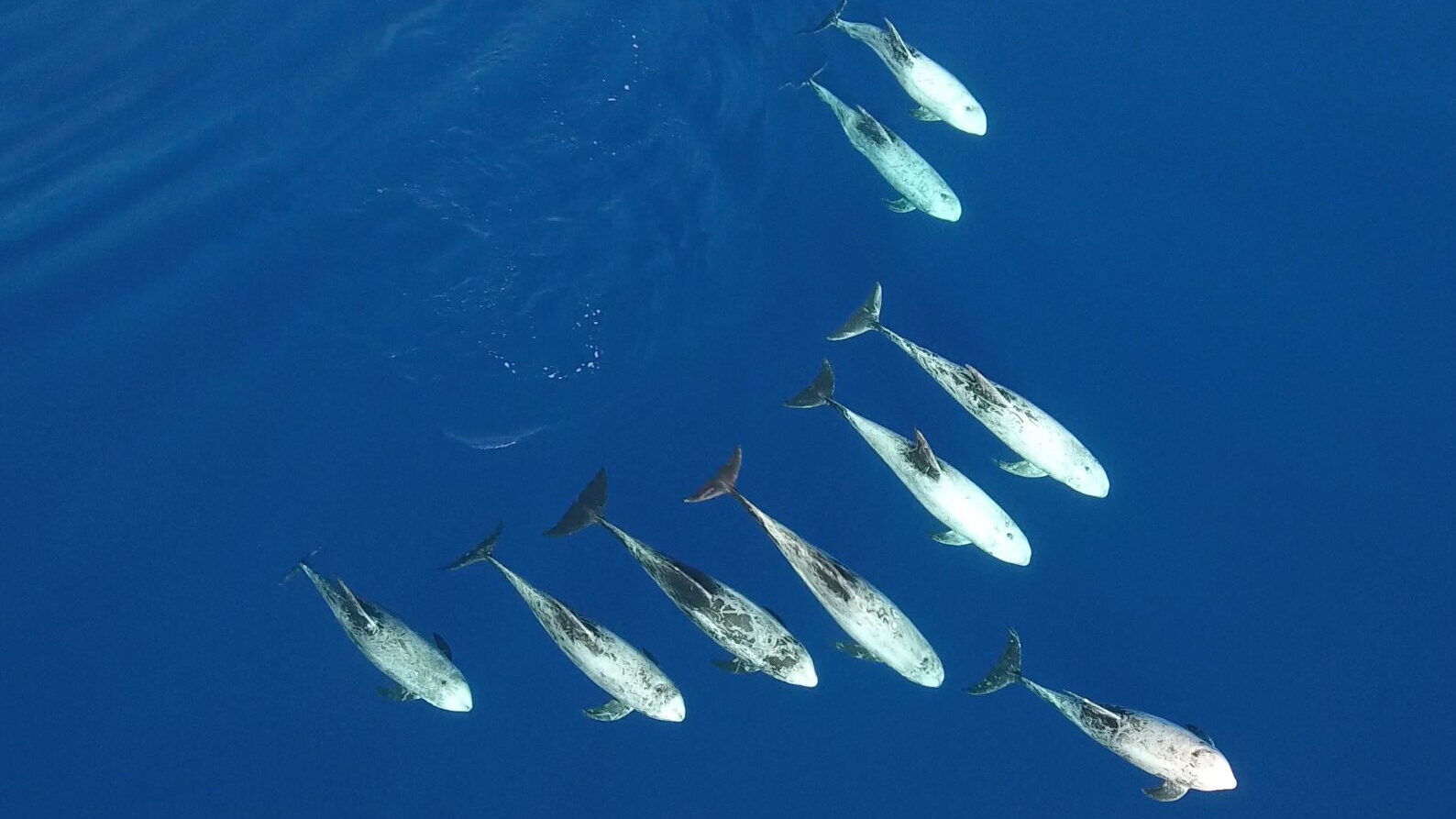
Using a drone highlights social relationships within a pod
Observations made with a drone suggest that male Risso's dolphins maintain distinct levels of strong associations within their pod, and that position in the group is correlated with measures of sociality.

